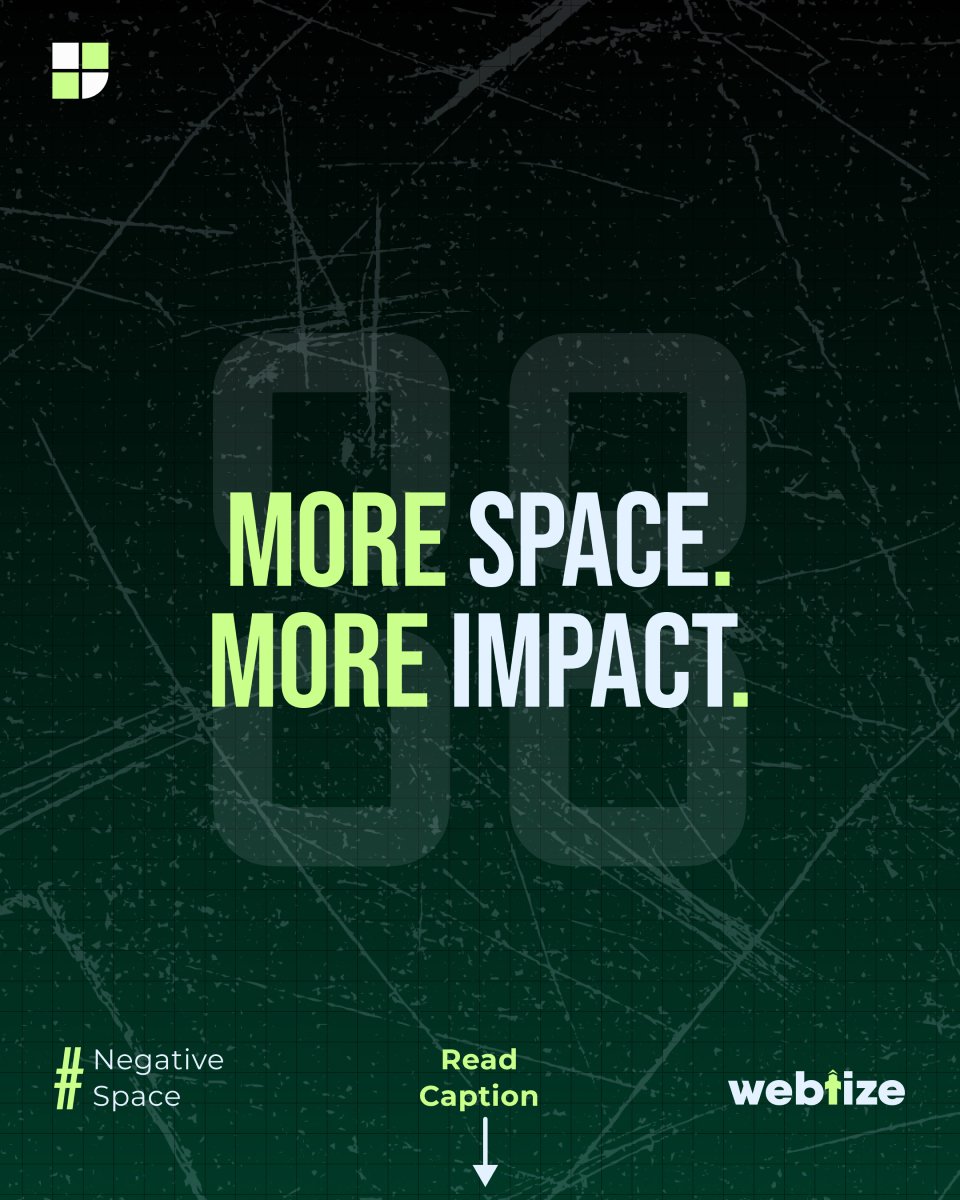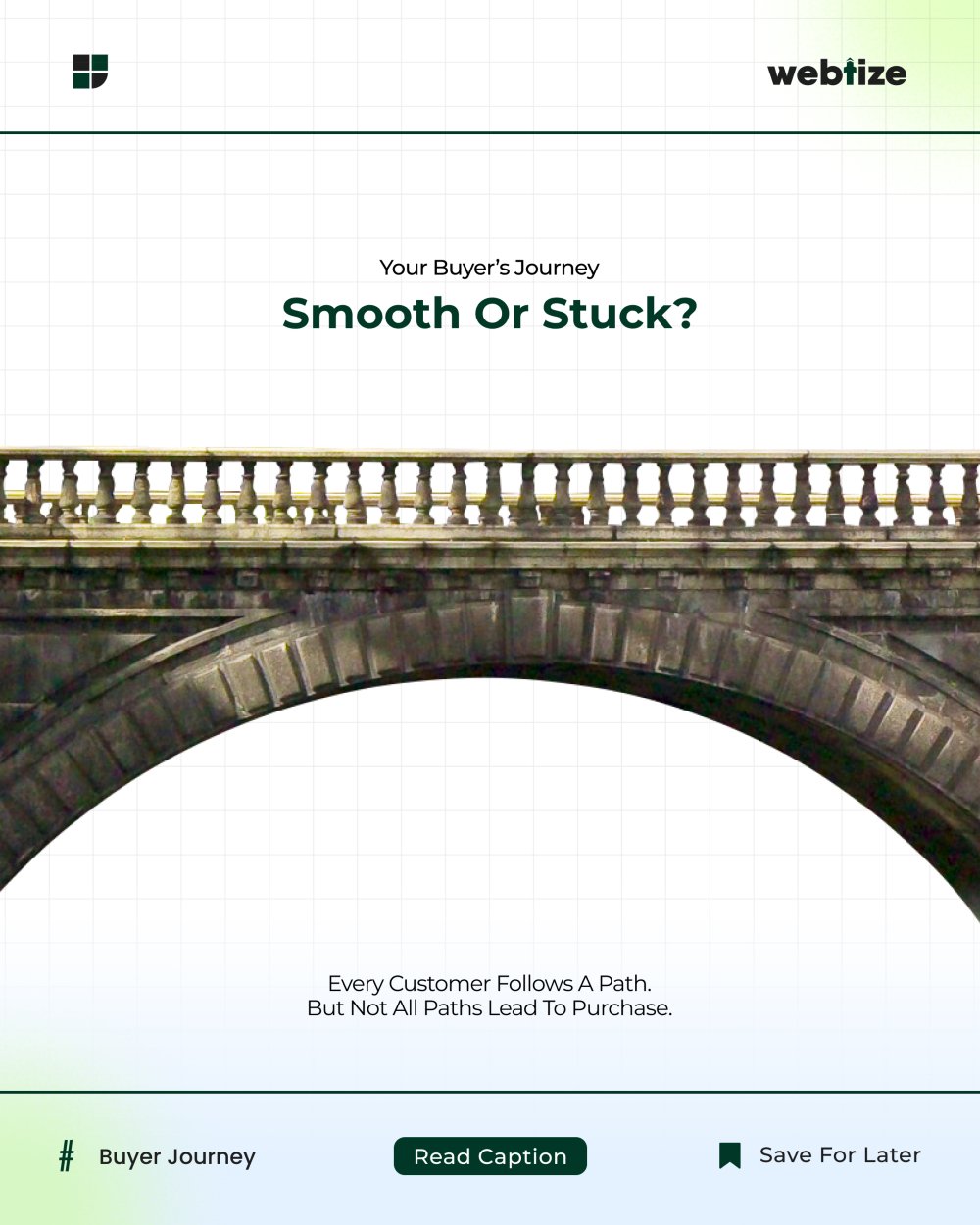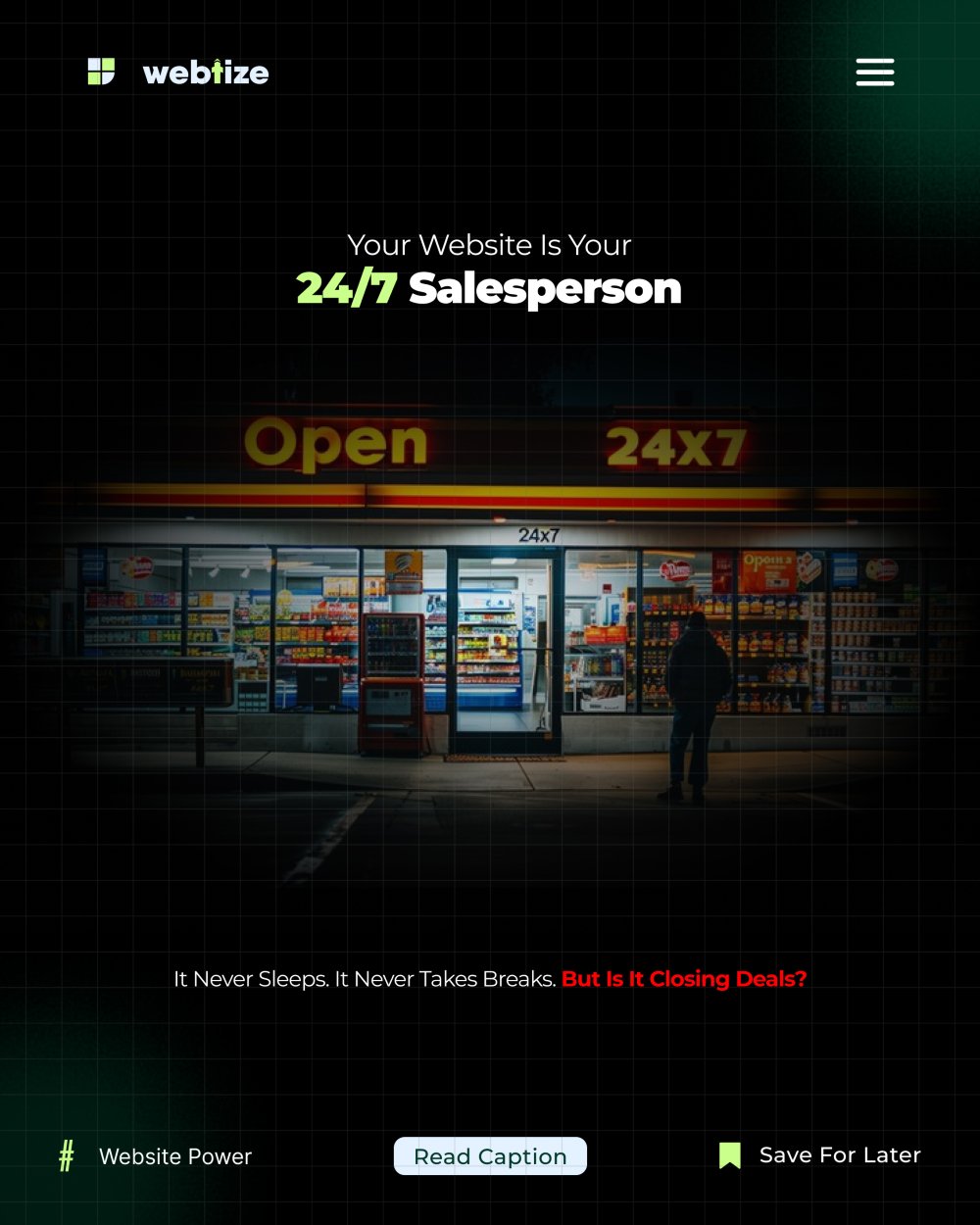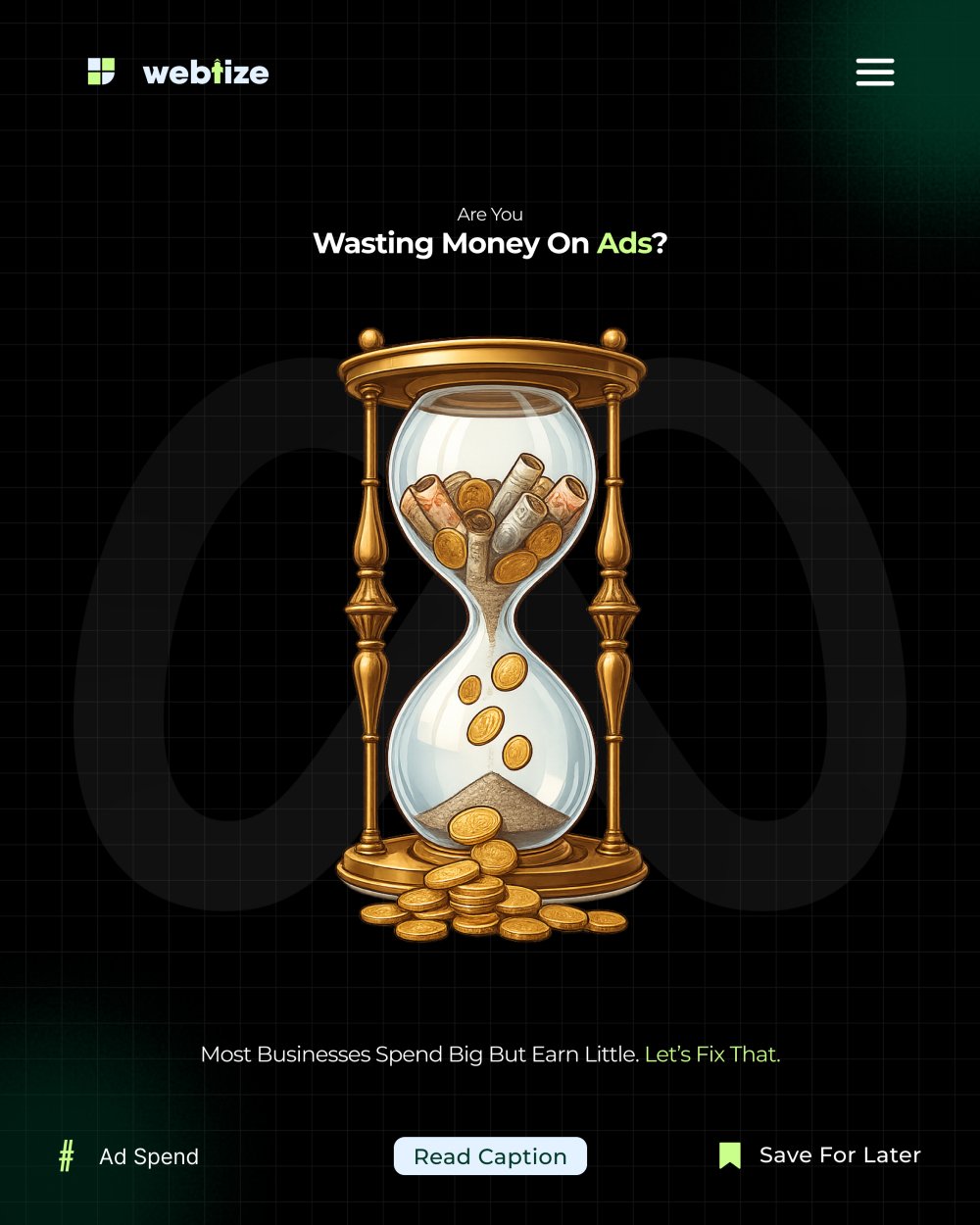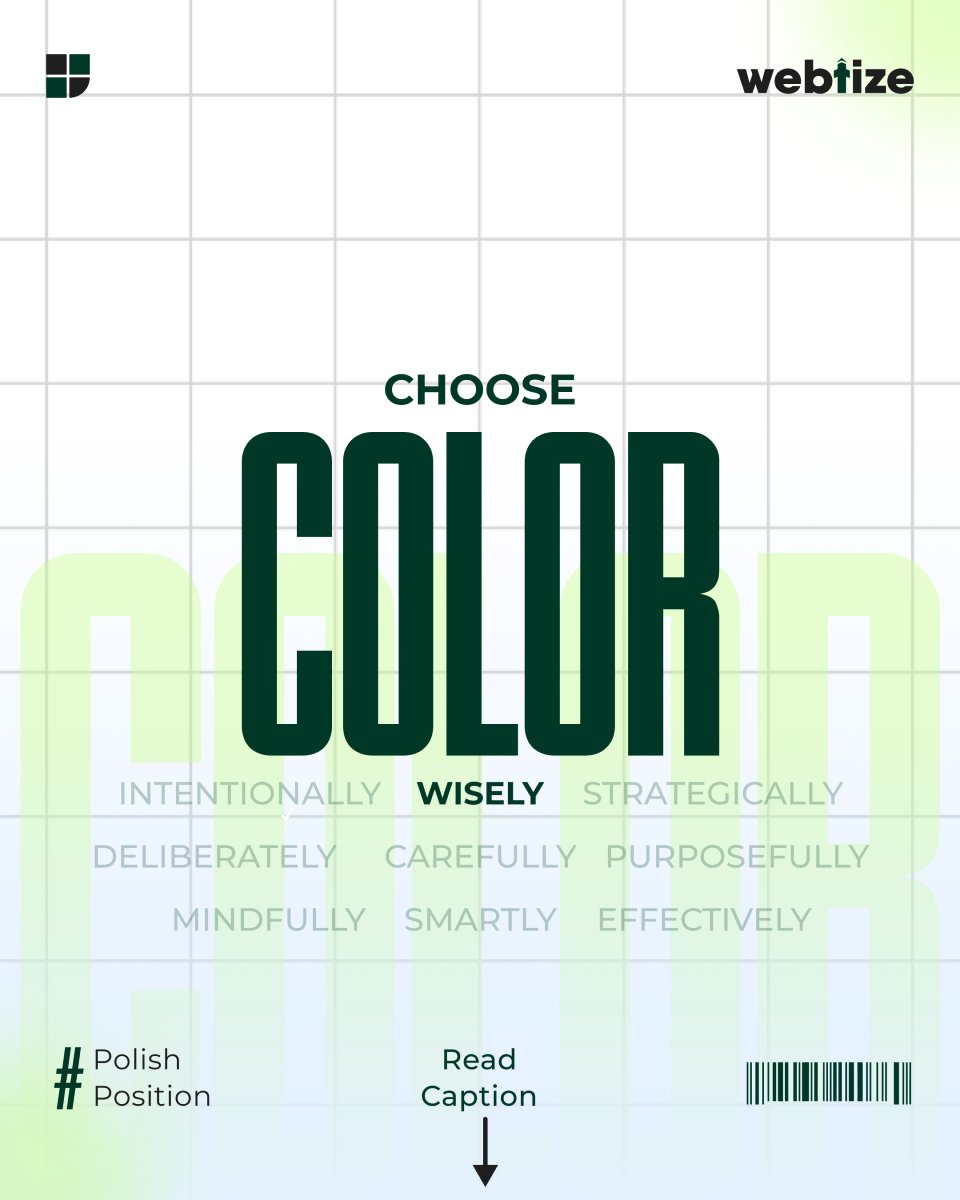Winners act. They move from idea to test to learning faster than rivals. In digital marketing strategy 2025, speed beats size when decisions are informed by data and shipped in tight cycles. Although “first mover” hype gets attention, durable results come from disciplined iteration and quick feedback loops. In practice, strategy, creative, media, analytics, and engineering must pull in the same direction so progress compounds.
What changed for search in 2025
Mobile is the source of truth for crawling and ranking. Consequently, your mobile templates and Core Web Vitals set the ceiling for organic performance. At the same time, AI-assisted results reward pages that answer intent clearly, load quickly, and demonstrate trust. Therefore, prioritize helpful content, fast rendering, and clean internal linking before adding more campaigns.
Why operating speed matters
Speed is not chaos; it is a system. First, define outcomes. Next, launch small, measurable bets. Then, keep only what works. Because decisions arrive weekly rather than quarterly, budgets shift toward winners sooner. As a result, ROI arrives earlier and team morale improves.
A fast ROI playbook (30 days)
Week 1 — Baseline and focus
- Map business goals to one metric each: qualified leads, demo requests, sales, CAC, or LTV.
- Audit top mobile pages. In addition, fix obvious blockers and request re-indexing in Search Console.
- Write one sentence per page that states the promise and the action. This clarifies intent for copy and design.
Week 2 — Ship high-impact fixes
- Improve LCP and INP by compressing images, preloading critical assets, and deferring non-critical scripts.
- Rewrite the hero block on your highest-value pages: clear headline, brief proof, single primary CTA.
- Align ad copy with landing-page language so scent stays consistent from click to conversion.
Week 3 — Test what moves revenue
- Run two controlled experiments. For example, test a stronger offer on paid traffic and a page-speed change on organic traffic.
- Add outcome-based CTAs such as “Get pricing” or “Book a demo.”
- Meanwhile, expand internal links between related pages to strengthen topic clusters and crawl paths.
Week 4 — Scale what works
- Increase budgets only on winning audiences and placements; pause the rest.
- Repurpose validated creative across channels. In addition, document learnings in a shared log so the next sprint starts faster.
- Finally, schedule a 30-minute review to decide the next two bets.
First mover vs fast learner
Being first can help, however it also raises cost and risk. Later entrants who learn from early mistakes often outperform pioneers. Accordingly, aim to be the fastest learner: release small changes, measure with real users, and double down on signals that improve revenue, not vanity metrics.
Five pillars of a 2025 digital marketing strategy
- Search visibility, mobile first
Design for phones first. Keep content parity across devices, avoid blocking key resources, and confirm indexing. Consequently, rankings become more stable. - Performance and UX
Optimize Core Web Vitals—LCP, CLS, and INP—for real users. Faster, stable pages reduce bounce; moreover, they lift conversions. - Content that answers intent
Build topic hubs with practical comparison pages and FAQs. Use descriptive headings; in addition, show evidence and examples so pages stand alone. - Measurement that closes the loop
Track leading indicators (impressions, CTR, scroll depth) and lagging indicators (leads, orders, revenue). Therefore every test ties to a business outcome. - Operating speed
Form small cross-functional pods. Ship weekly. Archive wins and losses. As a result, learning velocity stays high even when budgets are tight.
Campaign patterns that deliver fast ROI
- High-intent capture
Refresh search ads and landing pages for your core categories. Align keywords, ad copy, and on-page promises; then route to the single most relevant CTA. - Offer and proof revamp
Place testimonials, guarantees, and pricing clarity above the fold. Additionally, use a short checklist to reduce purchase anxiety. - Retention loops
After purchase or demo, schedule timely nudges, value emails, and one-click re-order or booking flows. This turns first-time buyers into repeat customers. - Creative variation at speed
Produce multiple hooks per theme and rotate weekly. Keep formats consistent so attribution remains reliable; meanwhile creative fatigue stays low.
Avoid these slow-down traps
- Rewriting everything at once instead of fixing the top templates first
- Chasing “first” instead of results
- Optimizing pages nobody visits
- Running unmeasured experiments without a hypothesis, metric, and stop date
How Webtize executes fast
Webtize runs growth like an engineering sprint. We audit mobile UX and search, remove technical drag, and build a weekly testing rhythm across ads, landing pages, and content. Consequently, time to validated ROI shrinks and momentum builds.
Explore services at https://webtize.co/ and contact the team at https://webtize.co/contact/.


